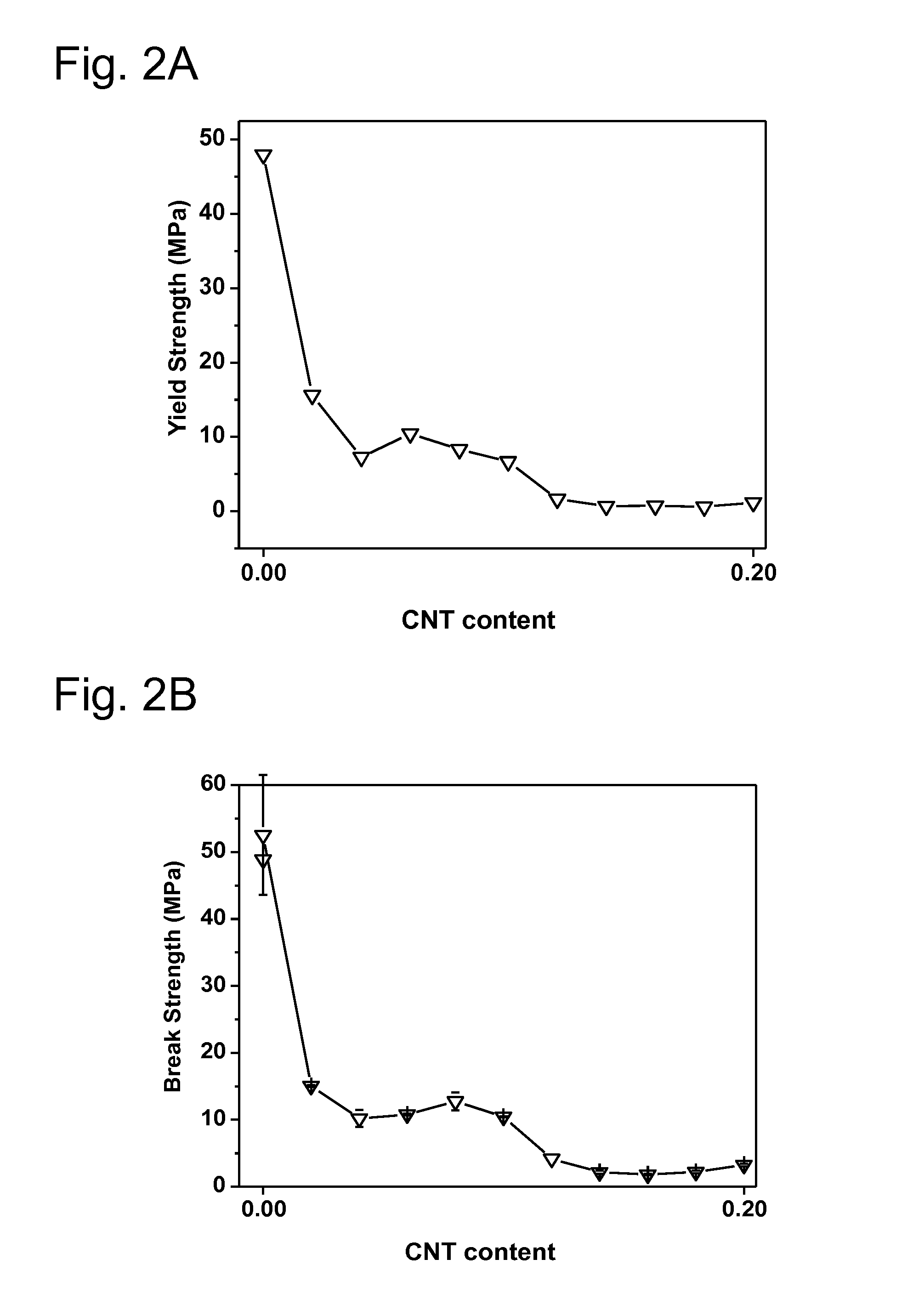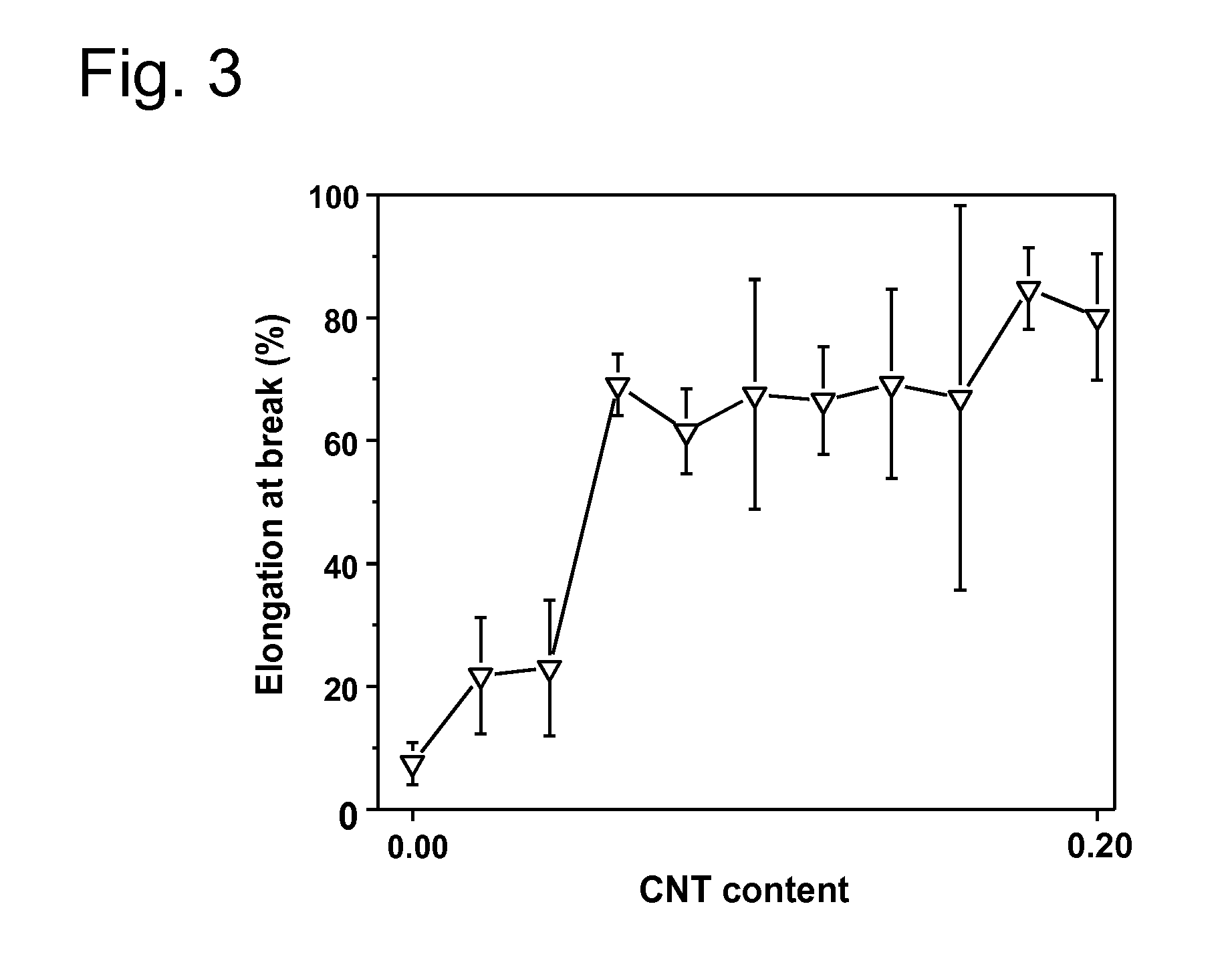Pocess for providing metallic substrates with corrosion resistance
- Summary
- Abstract
- Description
- Claims
- Application Information
AI Technical Summary
Benefits of technology
Problems solved by technology
Method used
Image
Examples
examples
[0202]The particular examples of the invention are described below. Various tests are performed in order to demonstrate the superior anticorrosion properties of various substrates prepared by the inventive process over substrates prepared by processes known in the prior art:
example a
Cross-Hatch Adhesion Test
[0203]The cross-hatch adhesion test is performed according to the ASTM D3359 standard using the solid anticorrosion compositions described in Table 1, wherein the amount of each compound in Table 1 is given in parts based on the total anticorrosion composition. While comparative composition 1 does not contain any additional solvent, comparative composition 2 contains an equal amount of the solvent used to prepare the dispersion of the carbon-based additive in order to exclude any effect of the solvent on the adhesion properties of the resulting anticorrosion compositions.
TABLE 1Anticorrosion compositions used for cross-hatch adhesive testcomparativecomparativeinventivecompoundscomposition 1composition 2compositionepoxy resin1151515rheology modifier2222curing agent36.56.56.5carbon-based additive4000.75solvent (carrier)500.6901EPON ® 828, Momentive Specialty Chemicals Inc.;2Heloxy 62, Momentive Specialty Chemicals Inc.;3Epikure 3370, Momentive Specialty Chemic...
example b
Chemical Resistance of Different Anticorrosion Coatings
[0208]The chemical resistance of various anticorrosion coatings is tested against jet fuel and Skydrol (advanced fire resistant aviation hydraulic fuel) using an immersion standard aerospace testing procedure (NTS).
[0209]The following solvent-based anticorrosion composition is used, wherein the amount of each compound in Table 3 is given in parts based on the total anticorrosion composition:
TABLE 3Anticorrosion composition used for chemical resistance testcompoundsamountspart Aepoxy resin137.3rheology modifier26leveling agent30.1acrylic resin43.2solvents516.4part Bcuring agents619solvents75.7adhesion promoter8117200MIBK90, Emerald Performance Materials;2Erisys ® GE-22, Emerald Performance Materials;3BYK-361N, BYK-Chemie GmbH;4Paraloid DM-55, The Dow Chemical Company;5MEK (Methyl Ethyl Ketone, 3.4 parts), MAK (Methyl n-Amyl Ketone, 9 parts), diacetone alcohol (1 part), cyclohexanone (2 parts), acetone (1 part);6Ancamine 2432, Air...
PUM
| Property | Measurement | Unit |
|---|---|---|
| Temperature | aaaaa | aaaaa |
| Temperature | aaaaa | aaaaa |
| Temperature | aaaaa | aaaaa |
Abstract
Description
Claims
Application Information
 Login to View More
Login to View More - R&D
- Intellectual Property
- Life Sciences
- Materials
- Tech Scout
- Unparalleled Data Quality
- Higher Quality Content
- 60% Fewer Hallucinations
Browse by: Latest US Patents, China's latest patents, Technical Efficacy Thesaurus, Application Domain, Technology Topic, Popular Technical Reports.
© 2025 PatSnap. All rights reserved.Legal|Privacy policy|Modern Slavery Act Transparency Statement|Sitemap|About US| Contact US: help@patsnap.com



